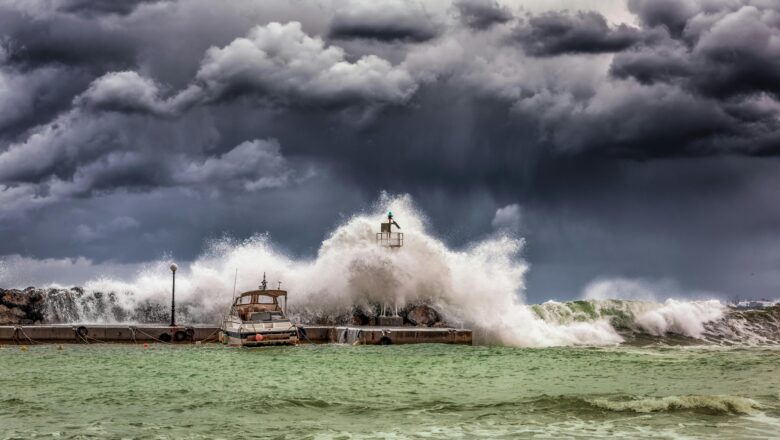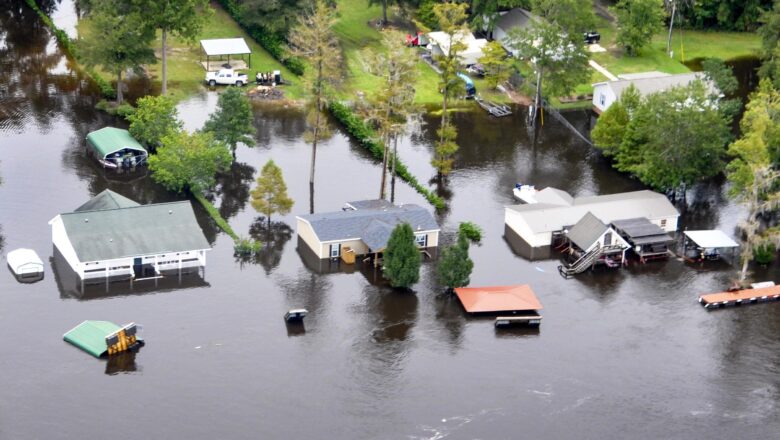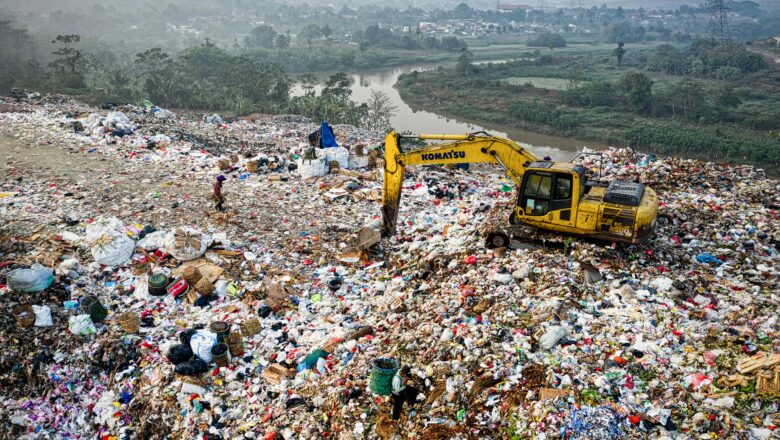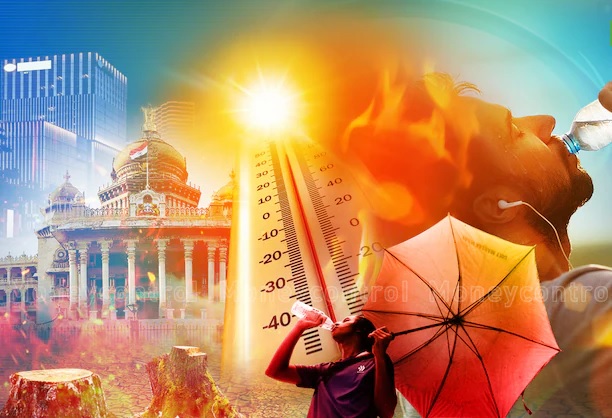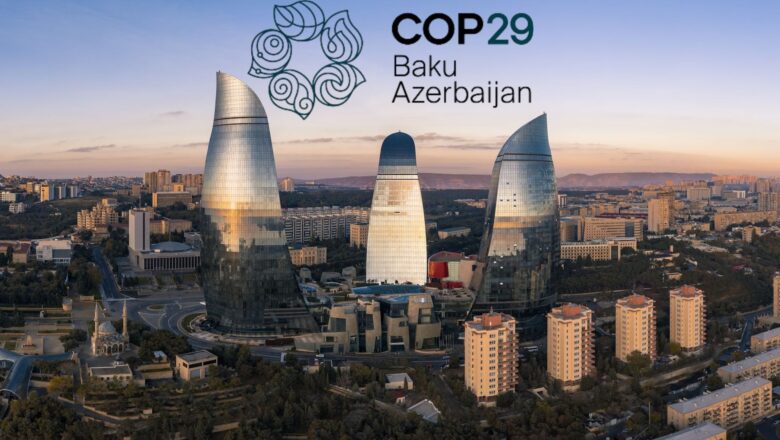
World Edges Closer to Climate Crisis as 1.5°C Warming Threshold Is Set to Be Surpassed
Baku, Azerbaijan – The world is on track to mark 2024 as the first full year of 1.5°C global warming above pre-industrial levels, according to data presented at the United Nations’ COP29 climate summit. Recent analyses from Copernicus, Berkeley Earth, and the UK Met Office underscore this troubling milestone, with average temperatures this year setting new records and surpassing last year’s high of 0.6°C above the 1991-2020 average.
Despite the recent El Niño event contributing to temperature increases earlier this year, the excessive heat has endured well after its dissipation. This persistence signals a new climate reality, with the World Meteorological Organization (WMO) warning of increasing natural disasters as a direct result of fossil fuel emissions.
“Record-breaking rainfall,...


